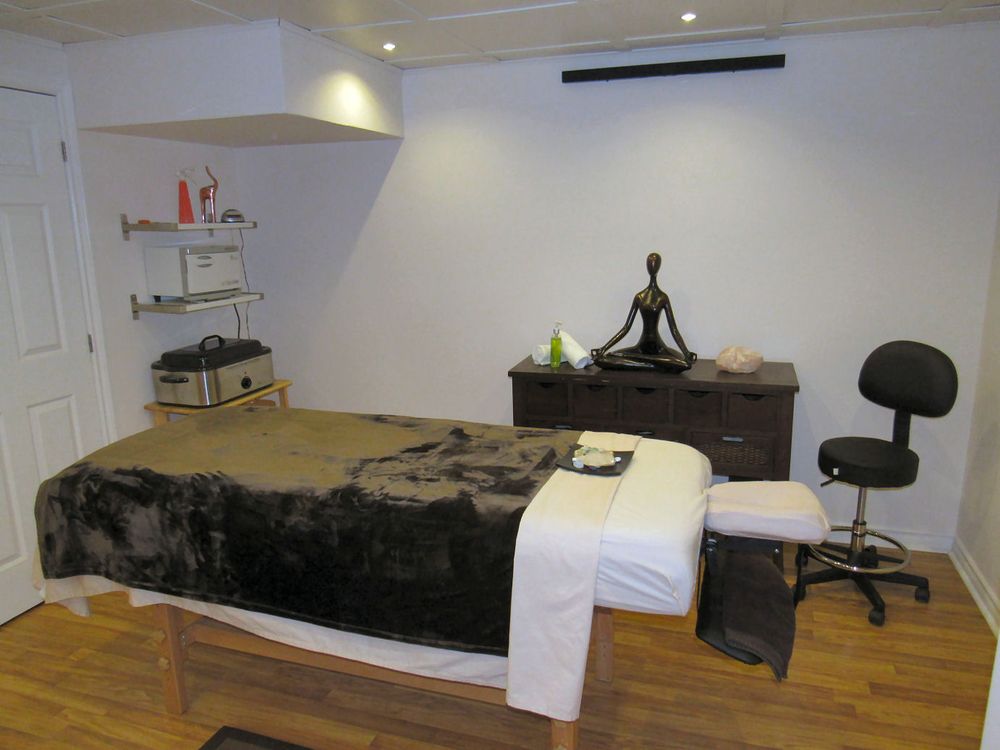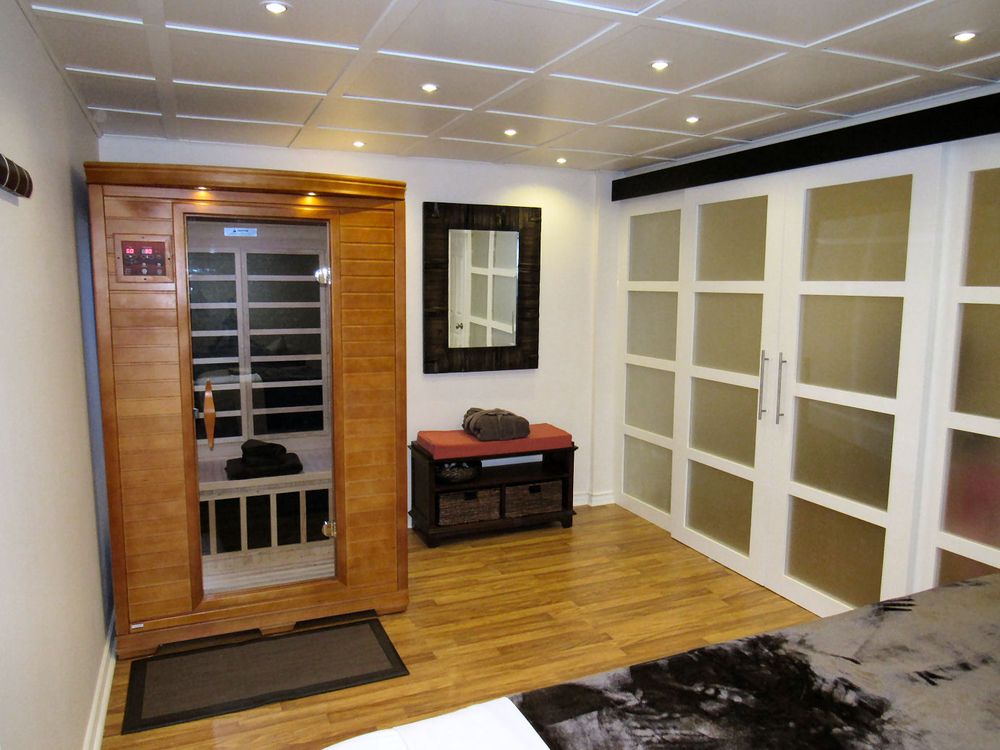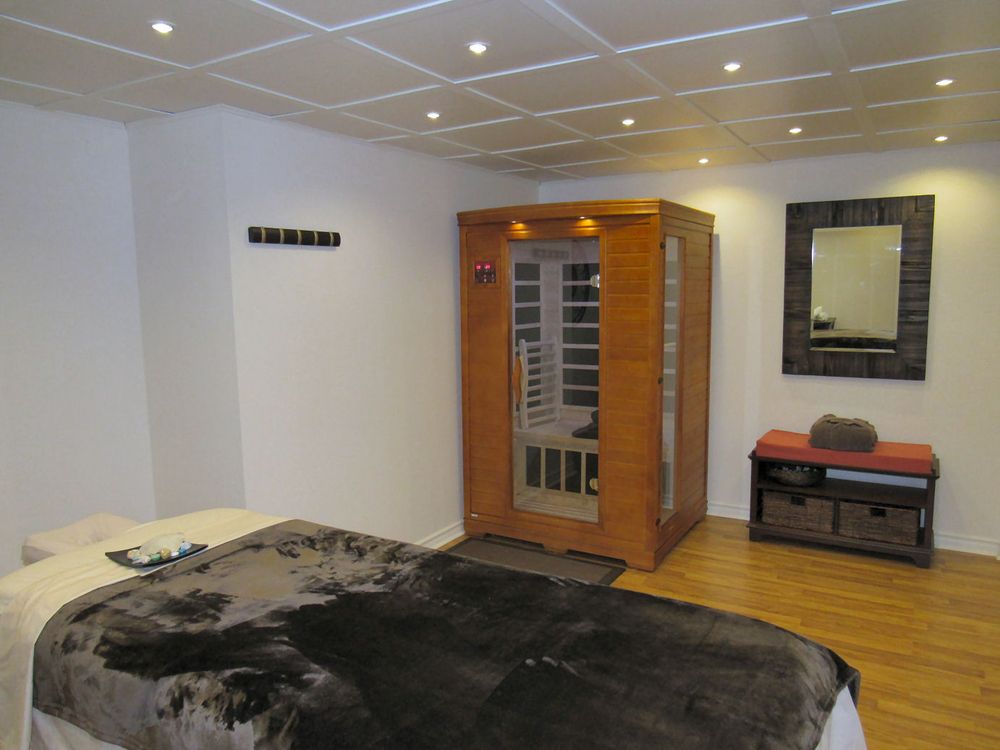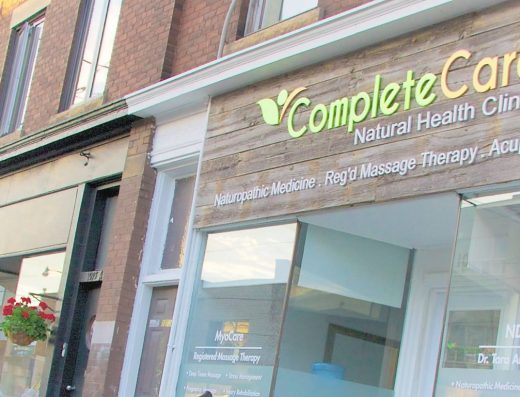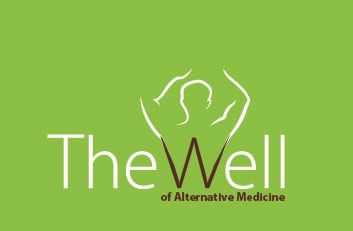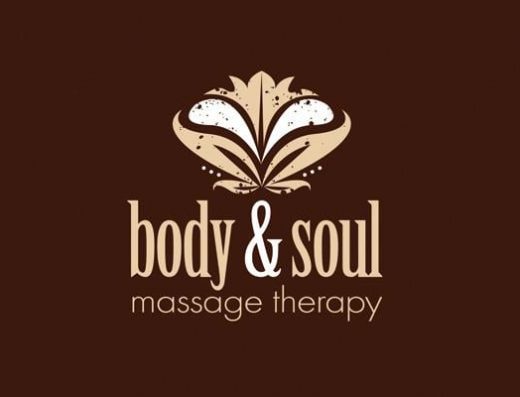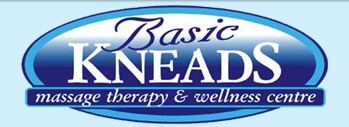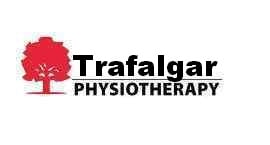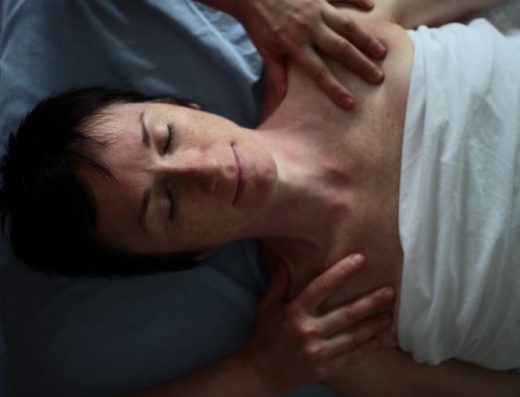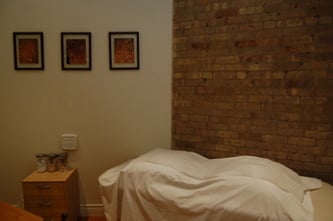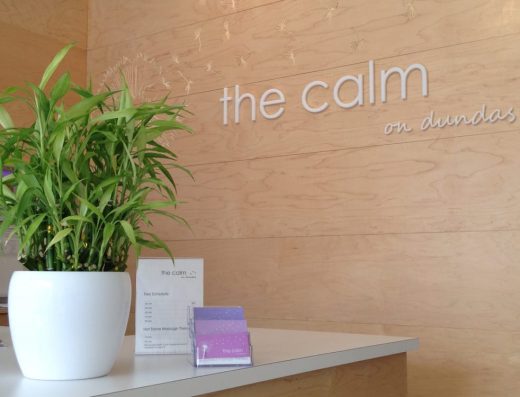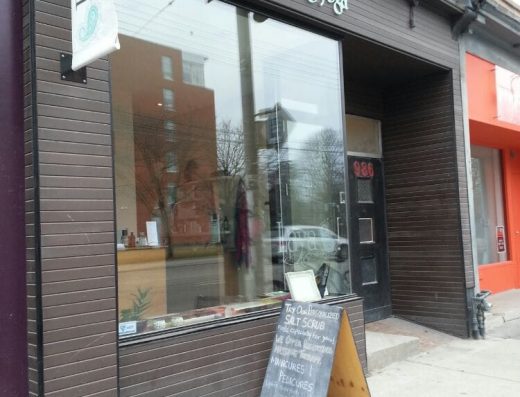PURE FLOW MASSAGE THERAPY
What is Massage therapy?
Massage therapy is manual manipulation of soft body tissues (muscle, connective tissue, tendons, and ligaments) to enhance health and well-being.
Swedish/Relaxation Massage
The principle of Swedish massage is to manipulate the superficial layers of muscles and connective tissue. Being the most popular treatment in the Western world, it aims to balance muscle tone, increase oxygen flow in the blood and release toxins from the muscles.It is relaxing, yet it can still facilitate many other therapeutic benefits. It uses movements called “Swedish techniques”, such as effleurage, kneading, rocking, frictions, or many others. They are not invasive techniques and should be pain free if no dysfunction is present.
This type of massage is best suited for your first massage session, it allows me to assess your tissues, so that I have a general impression of what tissues are affected, and what techniques are best suited to be used, based on your preference of pressure/depth.
Deep Tissue / Therapeutic Massage
Therapeutic Massage focuses on realigning deeper layers of muscles and connective tissue. It is especially helpful for chronically tense and contracted areas such as stiff neck, low back tightness, and sore shoulders.
Techniques are more specific and work through connective tissue with the intension to change posture and create freedom of movement.
Pregnancy Massage
Therapeutic massage can ease the physical discomforts, stress, and anxiety many women experience during pregnancy.
It can help reduce edema in the extremities, improve circulation and reduce spasms in tight overworked muscles, improve posture and restful sleep, and help women feel nurtured.
Hot Stone Massage
Hot stone massage is a specialty that
involves the use of smooth, heated stones
that the massage therapist places on your
body. The stone heat can be both deeply
relaxing and help warm up tight muscles
so the therapist can work more deeply,
Reflexology
Reflexology, also known as zone therapy, is an alternative medicine involving application of pressure to the feet and hands with specific thumb, finger, and hand techniques without the use of oil or lotion. It is based on a system of zones and reflex areas that purportedly reflect an image of the body on the feet and hands, with the premise that such work effects a physical change to the body.
Cupping Massage
This remarkable therapy employs negative
pressure, rather than tissue compression,
for superior results in the wide array of
bodywork techniques. By creating suction
and negative pressure, this therapy
releases rigid soft tissue, drains excess
fluids and toxins, loosens adhesions, lifts
connective tissue, and bring blood flow to
stagnant skin and muscles.
What are the skin discolorations that sometimes can occur during treatment?
The most common and unfortunate misconception concerning cupping is the misinterpretation of the marks sometimes resulting from the treatment. These discolorations are not bruises.
When circulation is sluggish or compromised in an injured or diseased are of the body, insufficient oxygen gets to the cell, and there is a local build-up of waste products. when the skin is pressed, the blanching that occurs is slow to fade.
Trigger Point therapy
Trigger points are discrete, focal, hyperirritable spots located in a taut band of skeletal muscle. They produce pain locally and in a referred pattern and often accompany chronic musculoskeletal disorders. Acute trauma or repetitive microtrauma may lead to the development of stress on muscle fibers and the formation of trigger points.
Patients may have regional, persistent pain resulting in a decreased range of motion in the affected muscles. These include muscles used to maintain body posture, such as those in the neck, shoulders, and pelvic girdle. Trigger points may also manifest as tension headache, tinnitus, temporomandibular joint pain, decreased range of motion in the legs, and low back pain. Palpation of a hypersensitive bundle or nodule of muscle fiber of harder than normal consistency is the physical finding typically associated with a trigger point.
Palpation of the trigger point will elicit pain directly over the affected area and/or cause radiation of pain toward a zone of reference and a local twitch response.
Service Categories
Features
Location
Similar Listings
Only guests who have booked can leave a review.

